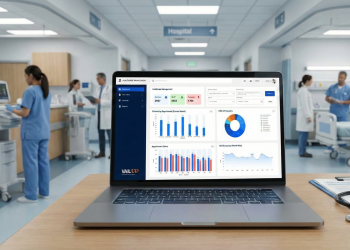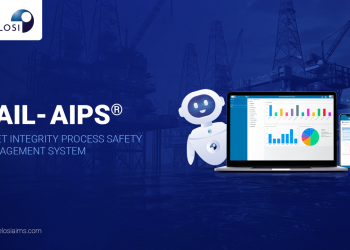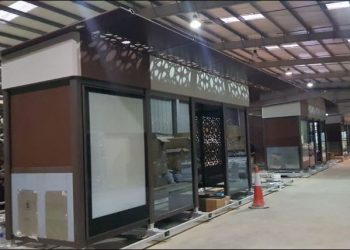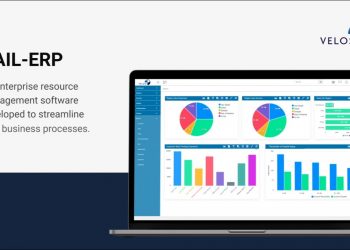Hazard and Operability HAZOP Study Software
Hazard and Operability (HAZOP Study) is a structured hazard identification technique using a multi-disciplinary team for the identification of process hazards with respect to the design and operation of a facility. The study identifies deviations from process boundaries and records its consequences, safeguards and recommendations.
The HAZOP Study Software within VAIL-PHA® is an advanced digital tool designed to systematically identify and evaluate potential process hazards and operability issues in industrial facilities. It streamlines the entire HAZOP workflow, from node selection and guideword analysis to action tracking and reporting—ensuring full compliance with IEC 61882 and other international safety standards.
The software enables collaborative team assessments, integrates real-time data for accurate risk evaluation, and automates documentation for audit readiness. Seamlessly integrated within VAIL-PHA®, it enhances process safety, consistency, and efficiency in hazard identification and management.
Request a Demo
As a risk evaluation tool, HAZOP is defined as:
A brainstorming method
A qualitative risk evaluation technique
An inductive risk assessment method, also known as a 'bottom-up' risk identification approach, where success relies on the capability of subject matter experts (SMEs) to anticipate deviations based on past experiences and general subject matter expertise.
HAZOP is ideal to assess hazards in facilities, equipment, and processes and is best suited for assessing systems from multiple perspectives, such as:
Design
To evaluate system design capability for meeting user specifications and safety standards, and to identify weaknesses in systems
Physical and Operational Environments
To evaluate the environment for assuring that the system is appropriately situated, supported, serviced and contained.
Operational and Procedural controls
To evaluate engineered controls (ex: automation), sequences of operations, procedural controls (ex: human interactions), etc., and to assess various operational modes, including start-up, standby, normal operation, steady and unsteady states, normal shutdown, emergency, and shutdown










